Citron Launches Crazy Exclusive Model for (Wacky? Tacky?) Brazilian Taste

It all started back in the late 90s when Brazilian Fiat (possibly inspired by the Volvo Cross Country) decided it would launch a car that looks like and off-road car, but that really doesn’t want to be taken off-road. They called it the Fiat Palio Weekend Adventure (station wagon) and Fiat Strada Adventure. You see, Brazilians are crazy for what we call jipes (get where that comes from?), but SUV type vehicles remain positively out of the range of the average Brazilian wallets. So tack on some plastic cladding, raise the suspension a few inches, maybe throw in some mixed terrain tires, and there you have it. The recipe for what is called in the Brazilian market an aventureiro. Though not restricted to our market, this gimmick has really caught on down here. It’s our creation. It’s our obsession.
A good healthy market it is, too. Vehicles with this so called off road appearance package (‘cause that’s all it is) command a 15 percent or more price gouge over the same car’s lesser, tamer, “normal” car.
Ford do Brasil (though in terms of actual sales of these cars the ring-leaders are Fiat and VW) went the furthest along in actually transforming a small city car into an actual SUV. When Ford Europe was developing its Fusion (not to be confused with the North American sedan) minivan, which was based on the humble Ford Fiesta, Ford Brazil took it a step further, or backward as it were. They squared off the design, raised the suspension, threw in some bigger (albeit on road only) tires, added the requisite plastic padding, and a star was born. The EcoSport. Ford really knocked this one over the center-field fence. This car/jipe/mini SUV single-handedly brought back Ford into the Brazilian mind. It helped reverse Ford’s freefall in the Brazilian market by helping it hang onto 4th place.
Other car makers have not been as brash as Ford, but have rather copied Fiat’s approach (raise suspension a bit, add plastic, you get the drill) and installed the Adventure line treatment to a variety of its cars. VW has its Cross line, Peugeot offers the Escapade line, Renault tries to compete with the Stepway line, Nissan has an X-Gear version of its homely Livina family carrier. GM you ask? GM? Apparently they don’t want to compete in this market (a.k.a. don’t want to spend/can’t get the money to develop this line of product) and limit themselves to offering some bars (front, step-in) as a dealer option. For their smaller cars. No elevated suspension, no special tires. Just real simple dealer tacked-on bars. GM, do you even care to compete anymore?
So now, Citroën is also getting in on the act. They have chosen to go the Ford route. PSA do Brasil took the recently-launched-in-Europe C3 Picasso minivan, raised the suspension, added a lot of plastic cladding, gave it mixed terrain tires and voilà, the new Brazilian specific Citroën C3 Picasso Aircross. According to Brazilian car mag Auto Esporte’s website, the French company will offer the car in three trim levels. The GL will set you back R$53.900 (roughly US$30.000), the GLX parts you from R$56,400 (about US$31,333). The top-of-the line Exclusive will cost modest R$61,900 (or almost US$35,000). Mind you this is a very small car. According to Brazilian enthusiast site Bestcars.com.br, this car is only 4.279 m (14 feet) long.
PSA has equipped this car with its Brazilian specific 1.6 16v. No, it’s not the same as Europeans get. Here it runs on ethanol or Brazilian gasoline (with anything between 22 and 29 percent ethanol content) and gets 113 or 110 hp respectively (for comparison’s sake, the 1.6 PSA uses in Europe – and the Mini, too – gets 120 hp). Since it weighs in at a rather portly 1,329 kg (2,930 pounds, almost 1.5 tons), performance is nothing to write home about. Though the engine runs quite smoothly and silently, this is achieved mostly through good sound deadening since the engine is running at a rather high 3,650 rpm at only 120 km/h (75 mph). Adhering to Peugeot tradition, at least in Brazil, the gearbox is rather imprecise and doesn’t contribute much to the fun. Also, to suit Brazilian tastes, gear ratios have been shortened 15 percent vis-à-vis the European C3. This makes the car at least feel agile.
Design. Hummm. Can’t really say. Must see it in person first. To me it seems awfully busy. What do you say of the latest product of Brazilian car design? Wacky? Tacky? Feel free to express your thoughts. Inside, Citroën’s Brazilian designers had a lot to say (or change) in relation to the European C3. The instrument cluster for example is in front of the driver. Bowing to cost cutting pressures, however, PSA do Brasil loaded the car in hard plastic. According to a reliable source, cheaper plastic than in some much cheaper cars. Other surfaces offer a higher gloss finish. Quality of assembly and finishing was just average. The higher trim though does offer better accommodations. It even offers velvet like covered seats. Hummm, can’t wait to try.
According to Citroën, they expect (hope? pray?) to sell 2,000 of these babies per month. Production will eventually ramp up to 2,500 units per month. Meaning the rest of Latin America can expect to see this latest little marvel of Brazilian automotive design soon. I wager they’ll have a hard time going about that. Citroën has an image of being a rather “difficult” car. Spare parts are seen as offensively high-priced. Will the Brazilian market fall in love with this latest fruit of its own creation/obsession?
The Ecosport. Picture courtesy bestcars.com

More by Marcelo de Vasconcellos
Latest Car Reviews
Read moreLatest Product Reviews
Read moreRecent Comments
- DesertNative More 'Look at me! Look at me!' from Elon Musk. It's time to recognize that there's nothing to see here, folks and that this is just about pumping up the stock price. When there's a real product on the ground and available, then there will be something to which we can pay attention. Until then, ignore him.
- Bkojote Here's something you're bound to notice during ownership that won't come up in most reviews or test drives-Honda's Cruise Control system is terrible. Complete trash. While it has the ability to regulate speed if there's a car in front of you, if you're coasting down a long hill with nobody in front of you the car will keep gaining speed forcing you to hit the brakes (and disable cruise). It won't even use the CVT to engine brake, something every other manufacturer does. Toyota's system will downshift and maintain the set speed. The calibration on the ACC system Honda uses is also awful and clearly had minimum engineering effort.Here's another- those grille shutters get stuck the minute temperature drops below freezing meaning your engine goes into reduced power mode until you turn it off. The Rav4 may have them but I have yet to see this problem.
- Sobhuza Trooper "Toyota engineers have told us that they intentionally build their powertrains with longevity in mind."Boy, that's pretty hateful. I suppose some greedy people who would pick Toyota would also want to have greater longevity for themselves. But wouldn't we all rather die at 75, while still looking cool than live to be 85 and look like a doddering old man?
- Kwik_Shift_Pro4X Neither. They're basically the same vehicle.
- Analoggrotto 1. Kia Sportage2. Hyundai TucsonRugged SUVs which cater to the needs of the affluent middle class suburbanite which are second only to themselves, these are shining applications of Hyundai Kia Genesis commitment to automotive excellence. Evolving from the fabled Hyundai Excel of the 90s, a pioneering vehicle which rivaled then upstart Lexus in quality, comfort and features long before Hyundai became a towering king of analytics and funding legions of internet keyboard warriors.
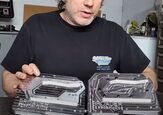
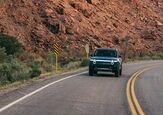

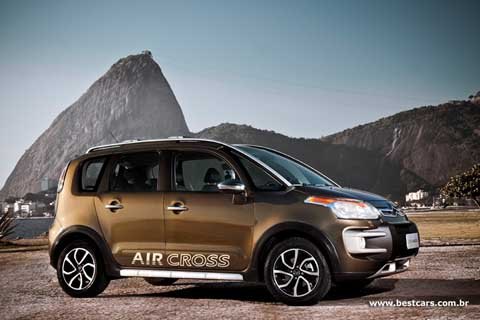








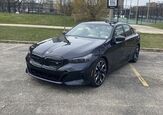
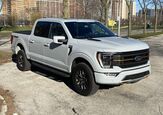





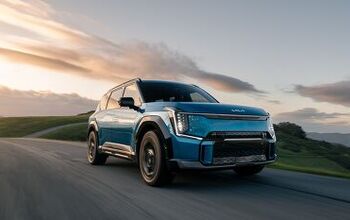
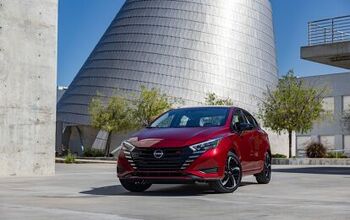

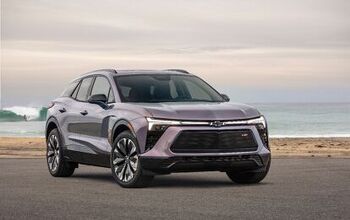

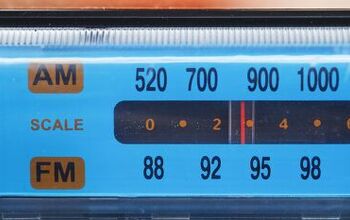


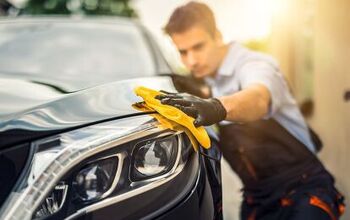
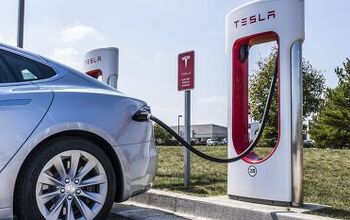
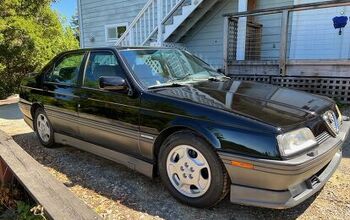
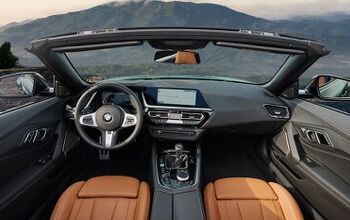
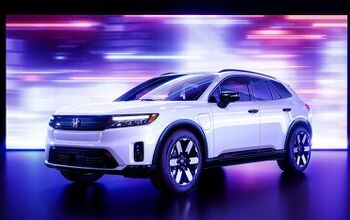
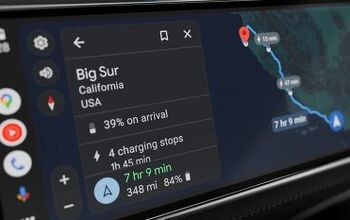
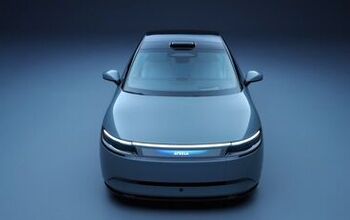

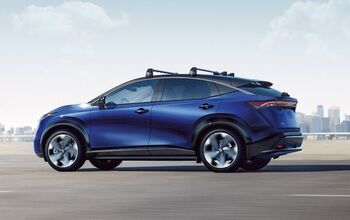
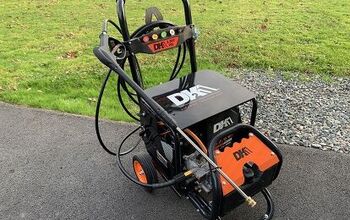
Comments
Join the conversation
Hey Marcelo, Love this subject. I'm very much a fan of Brazilian car culture, and the aventureiros are some of my favorite cars. I spent some time in Floripa, and i found them to suit that lifestyle perfectly. and i presume from a stylistic point of view they fit perfectly with Brazil's other beach/paradise scenes. not sure though how much they fit in the busy cities. But I get your point...during my time in Brazil, my Brazilian wife an I went around visiting relatives and had to tackle some seriously bumpy roads on the way. Our rental was a Sandero, and with its stock ground clearance and tires it performed surprisingly well over the terrain. When I go to Brazil, My car of choice would be a VW Van with a custom Paint-job and rims, possibly an upgraded engine too if the price comes right. But i feel that an Aventureiro is in my future... I just love their pretentiousness fits within my view of Brazilian laid back lifestyle...